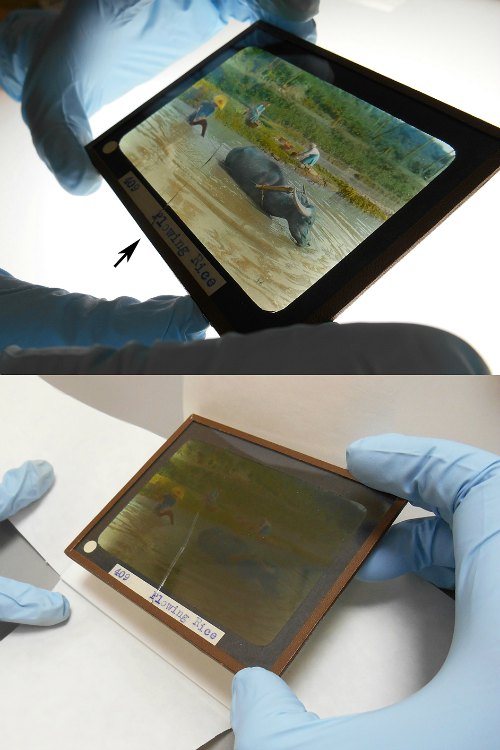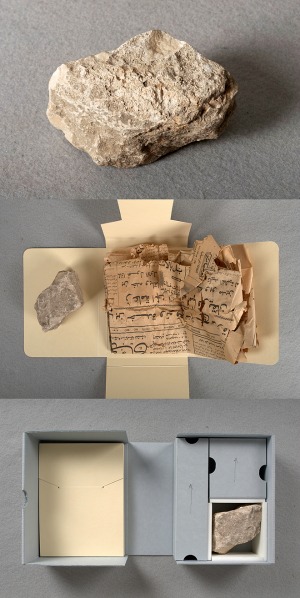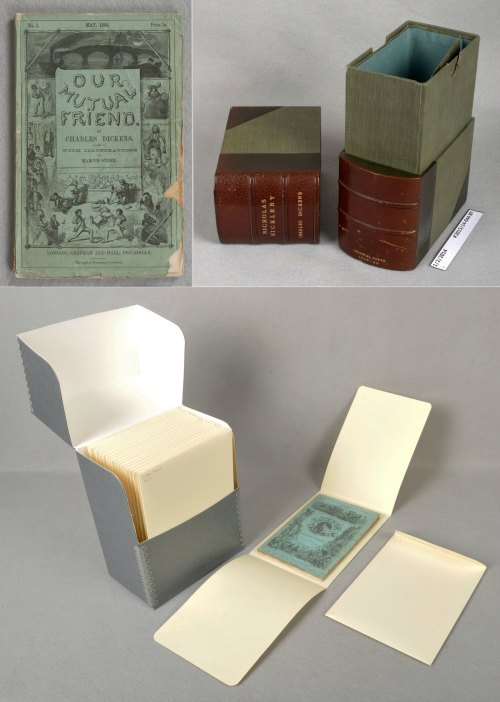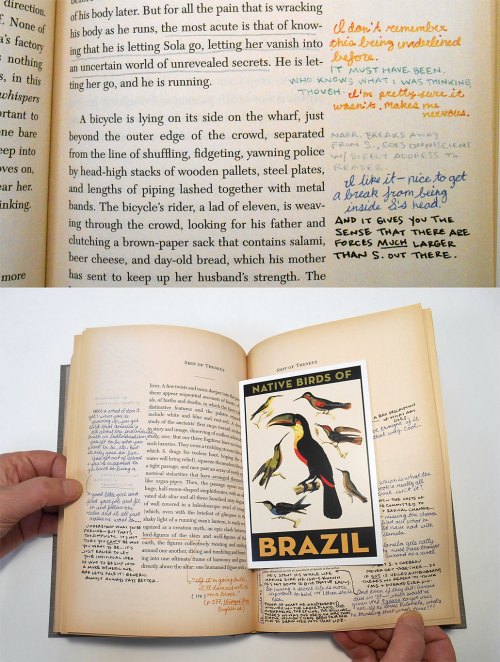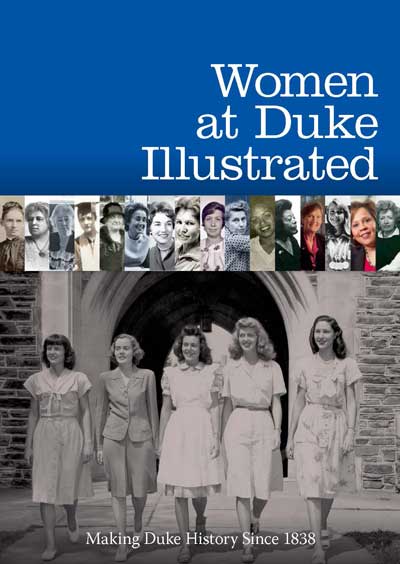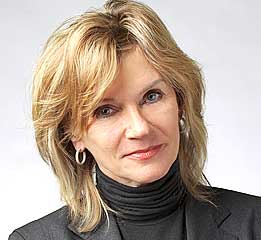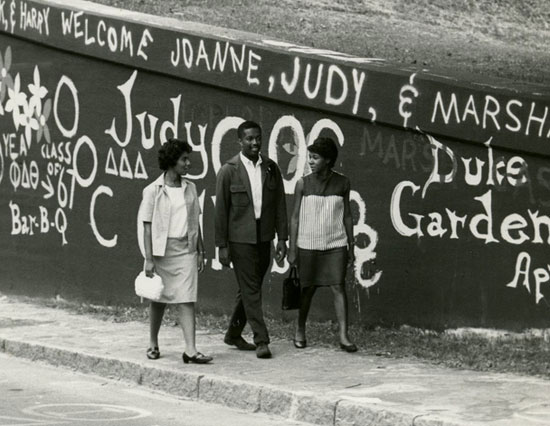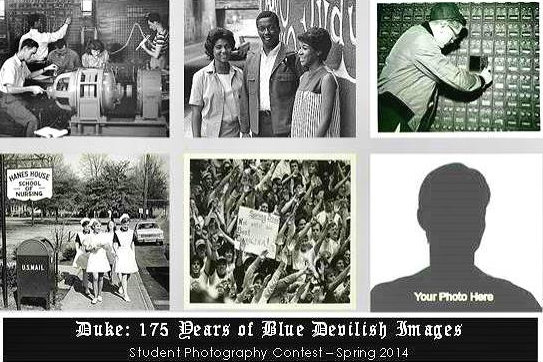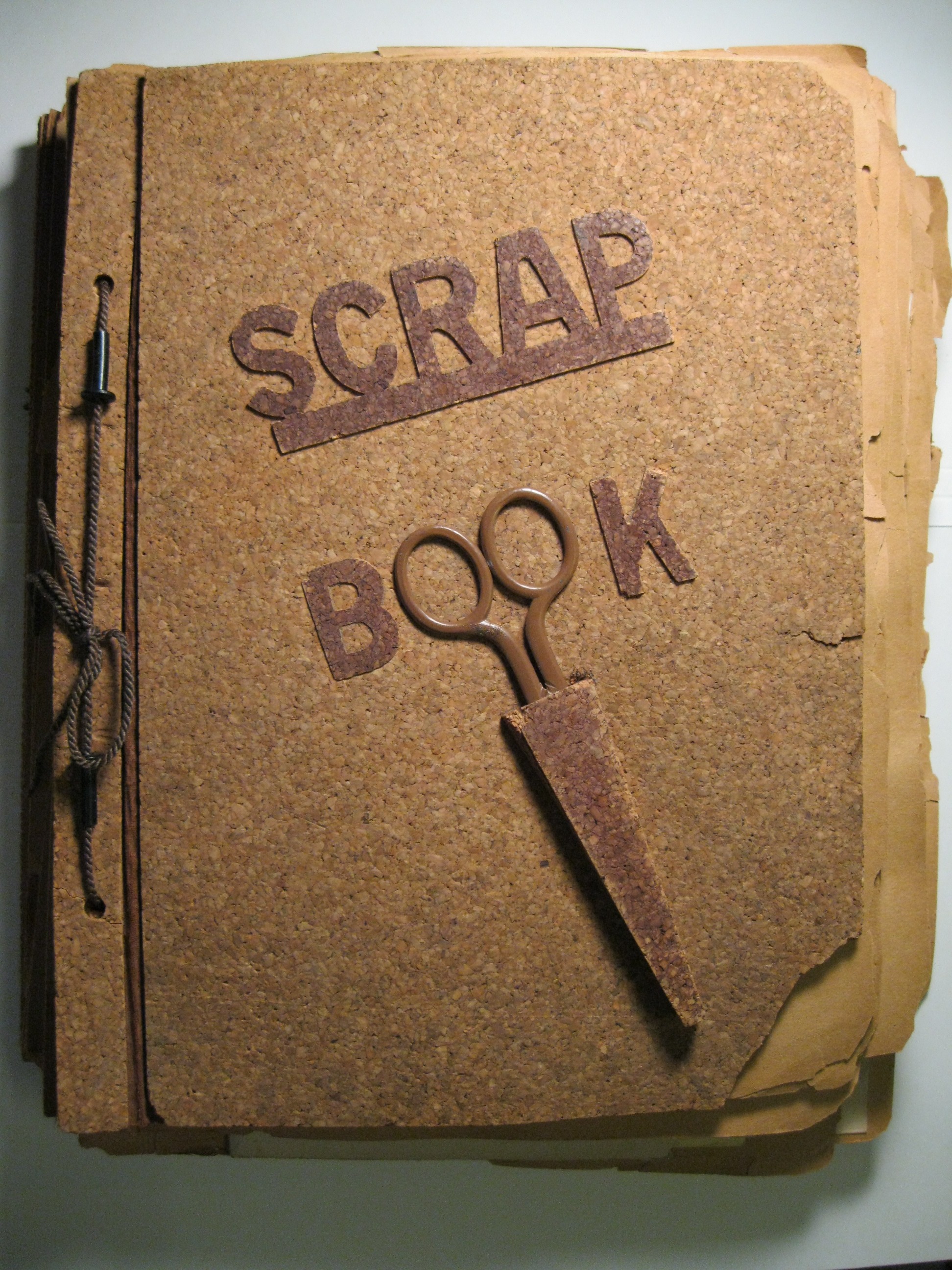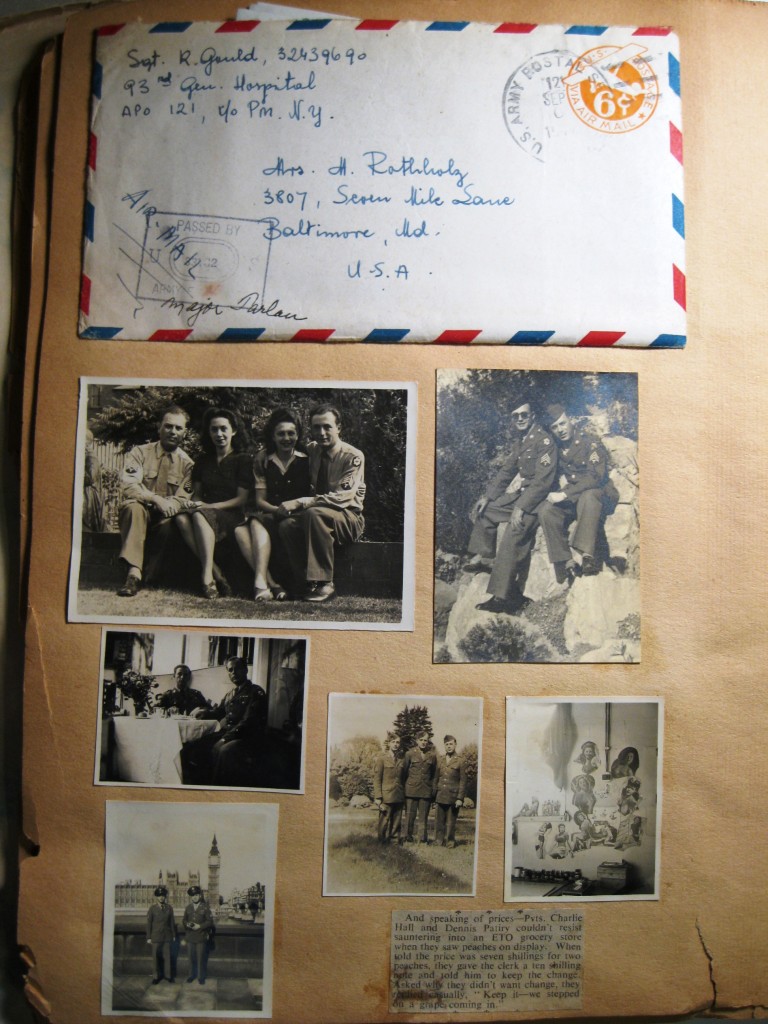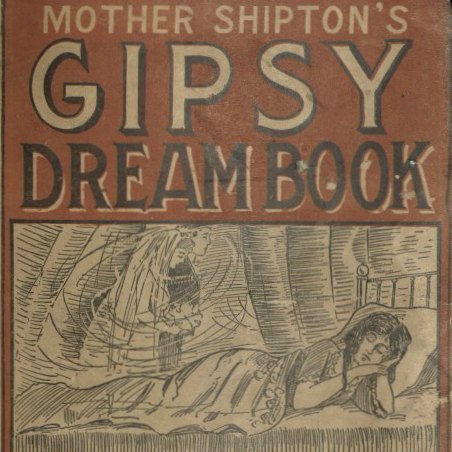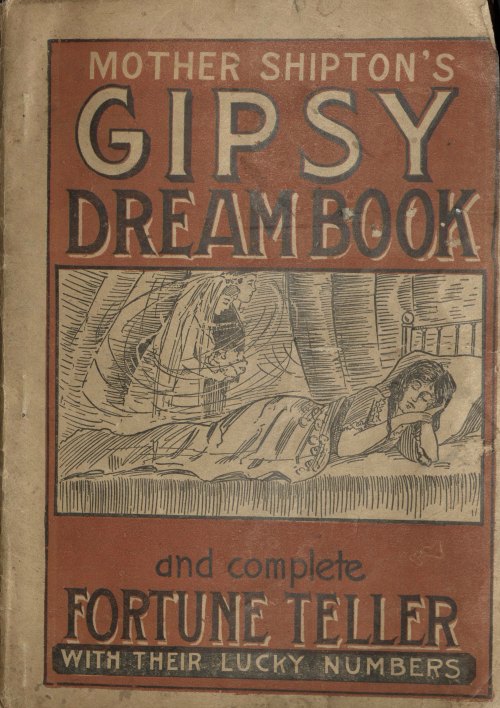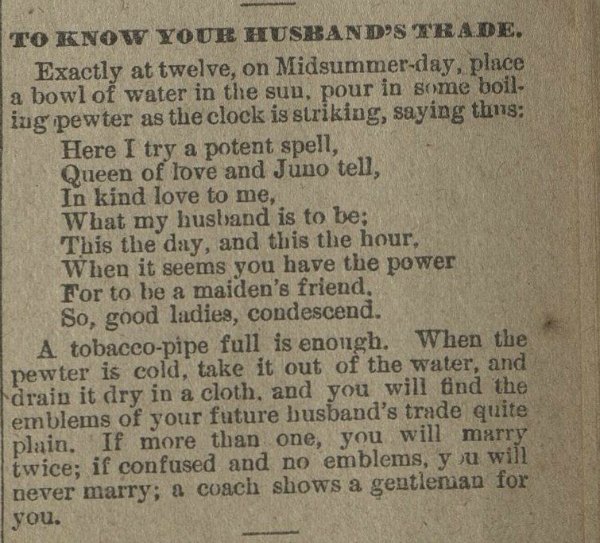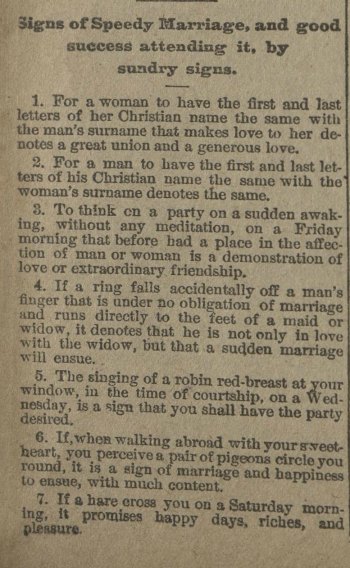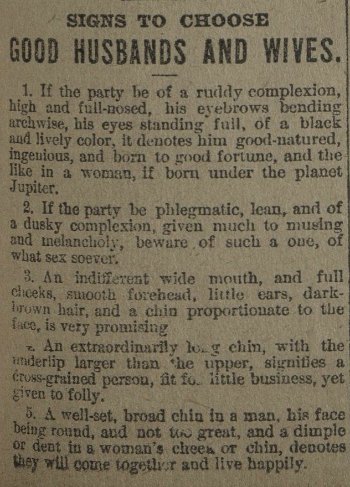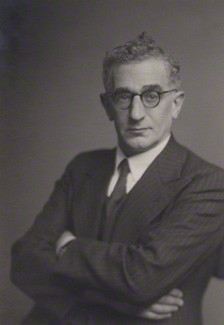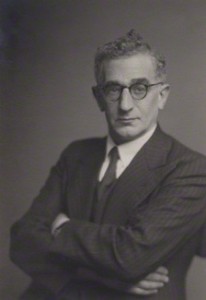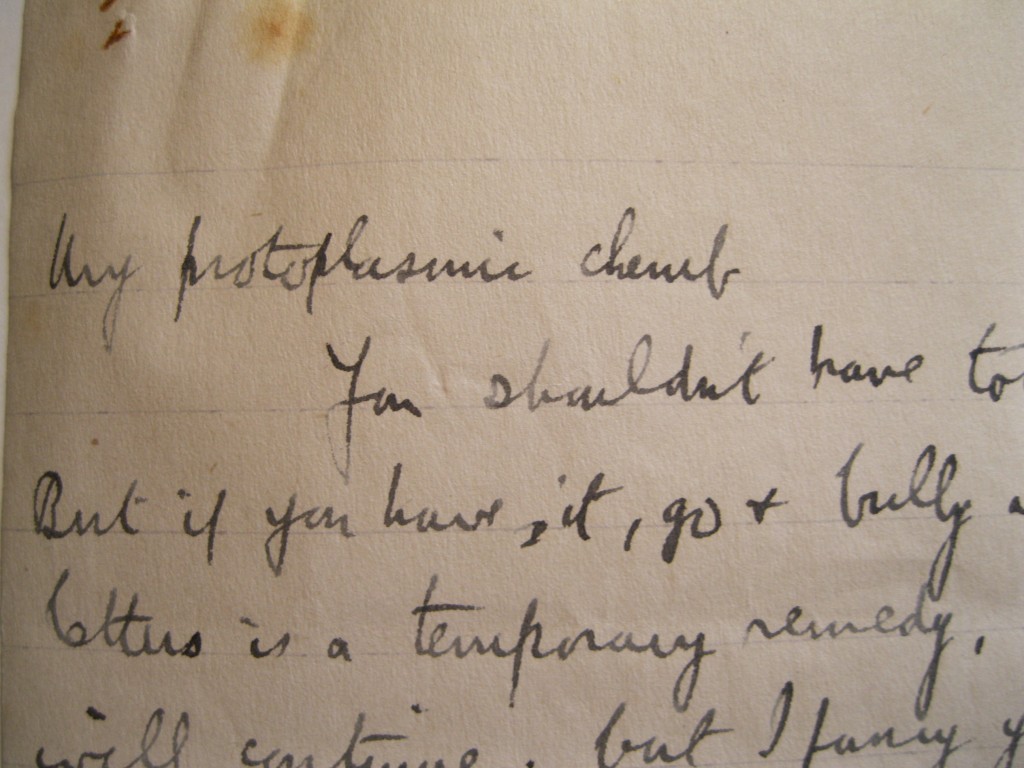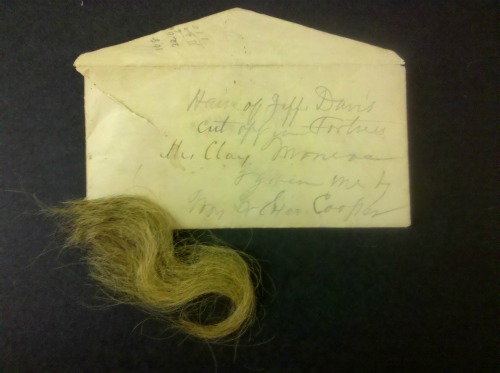
We are pleased to announce a new digital collection, The Duke Chapel Recordings. This collection of 168 recordings features inspiring sermons from a variety of theologians and preachers, including a number of notable African American and female preachers. The collection includes both audio, and where available, video of the services.
The project was a collaboration of the University Archives, the Libraries’ Digital Collections Department, and the Duke University Chapel. The original recordings are part of a large collection held in the University Archives. We hope the recordings are used for a variety of purposes: the study of homiletics, research into the spiritual response to social changes, musical study, and simple inspiration.
Dr. Luke A. Powery, Dean of Duke Chapel, says of the collection, “Duke University Chapel is distinguished in both its faithful preaching and its sacred music. The Sunday morning ‘Protestant hour’ captured within this archive has been the public face and voice of the Chapel for decades; this digital collection makes Duke Chapel’s liturgical history accessible for both those interested in scholarly research in the area of preaching, music, and worship, and those who desire spiritual inspiration. This collection is an interdisciplinary educational resource for teaching and learning, and demonstrates that eruditio et religio is still alive and well at Duke; may it be so for years to come.”
Learn more about how the video player feature was added to this collection on Bitstreams, the Digital Projects blog.



